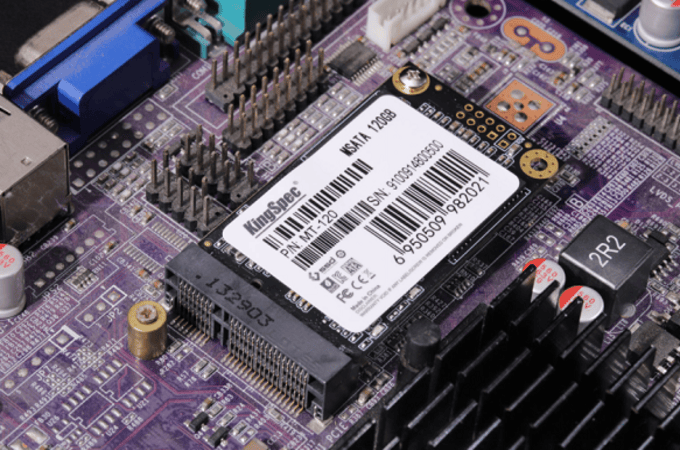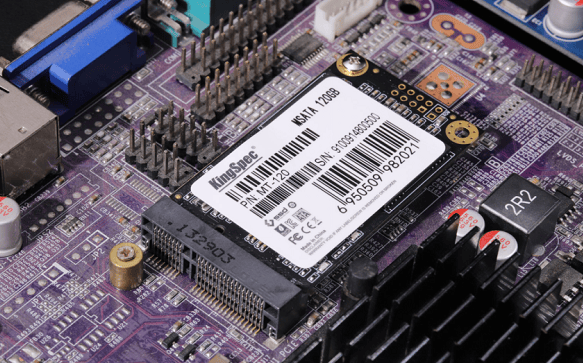News
Site Editor
 Site
https://kingspec.usa02.wondercdn.com/uploads/image/6307135a29359.png
Contacting a professional consumer SSD supplier is one of the crucial stages in getting a data storage device that best suits your need.
Site
https://kingspec.usa02.wondercdn.com/uploads/image/6307135a29359.png
Contacting a professional consumer SSD supplier is one of the crucial stages in getting a data storage device that best suits your need.
Understanding SSD Endurance: Feeds, Speeds, And Needs
Views: 8856
Author: Site Editor
Publish Time: 2022-04-14
Origin: Site
You've probably felt a little daunted when looking at an SSD datasheet. After all, selecting the best SSD is a difficult task.
You must select the appropriate form factor in order for the drive to fit in your server. You must choose between three major, incompatible user interfaces (SAS, SATA, or NVMe).
Of course, you must select the appropriate storage capacity, which can range from hundreds of gigabytes to multiple terabytes.
Isn't that all there is to it? Wrong.
There's one more option to consider, and it's one you may not have considered before: the SSD endurance level.
SSD endurance refers to the total amount of data that an SSD is guaranteed to be able to write during its warranty period, and is often expressed in TBW or DWPD.
Although the physics of SSD endurance are complex, the end result is straightforward: SSDs wear out as you write to them.
If you pick the wrong SSD endurance, you'll either have to replace the drive sooner than expected or overpay for a drive with more endurance than you require.
Contacting a professional consumer SSD supplier is one of the crucial stages in getting a data storage device that best suits your need.
Flash isn't made equal
Because the NAND flash that powers SSDs has a finite number of program/erase (P/E) cycles before it can't be used any longer, SSD endurance is limited.
When existing data in a flash cell must be overwritten, these cycles occur.
The available P/E cycles are decreasing as the industry transitions from Multi Level Cell to Triple Level Cell SSDs, which store three bits per cell. This decrease in cycles is clearly detrimental to endurance.

Overprovisioning, Error Correction, and Firmware
Fortunately, SSD endurance isn't solely determined by P/E cycle limits. Manufacturer-installed technology around the NAND can affect endurance, for better or worse.
Western Digital uses three main technologies to improve SSD endurance: error correction, overprovisioning, and firmware.
Advanced error correction techniques, such as HGST's Cell Care NAND management technology, can help recover data from even the most marginal flash cells, extending the NAND cell's usable lifetime dramatically.
Overprovisioning expands the SSD's flash capacity. This extra flash is not visible to the user, but it is visible to the drive and helps it last longer by allowing for more efficient data management.
Finally, the firmware, the program that runs on the SSD, can intelligently manage the flash inside the SSD.
The more experience a company has with end-user workloads and the flash itself, the more intelligence it can incorporate into this firmware to help maximize endurance.
The Endurance Equation for SSD
Drive Writes Per Day (DWPD) for a given warranty period is a common way of describing SSD endurance.
In other words, if a 1TB SSD is rated for 1DWPD, it can handle 1TB of data written to it every day for the duration of the warranty.
A 1TB SSD specified for 10DWPD, on the other hand, can withstand 10TB of data written to it every day for the duration of the warranty period.
Terabytes Written (TBW) is another metric for SSD write endurance, and it describes how much data can be written to the drive over its lifetime.
What Happens If You Choose the Wrong SSD Endurance?
Choosing an endurance SSD with too much endurance can often increase the initial cost. However, in some cases, a higher-endurance SSD can outperform a lower-endurance SSD in terms of write performance.
If your application can benefit from increased SSD performance, you might want to consider a higher-endurance model.
Choosing a low endurance requirement, on the other hand, can increase your costs and complications in the long run.
The risk of data loss and SSD failure increases as the total amount of written data exceeds the warranty endurance.
Replacing failed drives or dealing with lost data can quickly add up in terms of money and frustration.
Make us your most preferable SSD supplier
Having a renown, professional consumer SSD supplier will give you no stress in getting your precise storage device.
Kindly contact us for your desired engineered SSD.






















